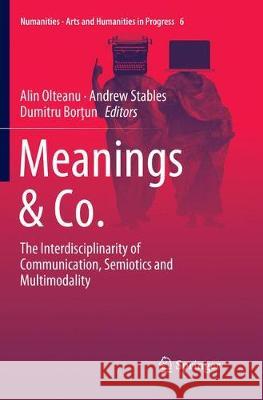Meanings & Co.: The Interdisciplinarity of Communication, Semiotics and Multimodality » książka
topmenu
Meanings & Co.: The Interdisciplinarity of Communication, Semiotics and Multimodality
ISBN-13: 9783030063429 / Angielski / Miękka / 2019 / 270 str.
Meanings & Co.: The Interdisciplinarity of Communication, Semiotics and Multimodality
ISBN-13: 9783030063429 / Angielski / Miękka / 2019 / 270 str.
cena 201,72 zł
(netto: 192,11 VAT: 5%)
Najniższa cena z 30 dni: 192,74 zł
(netto: 192,11 VAT: 5%)
Najniższa cena z 30 dni: 192,74 zł
Termin realizacji zamówienia:
ok. 22 dni roboczych
Bez gwarancji dostawy przed świętami
ok. 22 dni roboczych
Bez gwarancji dostawy przed świętami
Darmowa dostawa!
Kategorie:
Kategorie BISAC:
Wydawca:
Springer
Seria wydawnicza:
Język:
Angielski
ISBN-13:
9783030063429
Rok wydania:
2019
Dostępne języki:
Numer serii:
000801780
Ilość stron:
270
Oprawa:
Miękka











